How to get rid of razor burn

How to get rid of razor burn
3 mins read
6 tips for razor burn-prone skin
Razor burn – those sore, red, and often bumpy patches that sometimes appear after shaving – is no joke. But even if you are one of the unlucky few with sensitive skin, this common shaving issue is never inevitable. A good shaver, better shaving technique and proper aftercare can make all the difference. Here are six excellent ways to prevent razor burn.
How to prevent razor burn before shaving
How do you get rid of razor burn? Soothing treatments can help calm the skin after the damage is done, but prevention is the best cure. That means good shaving prep:
1. Exfoliate and cleanse
Always start your shave by washing and exfoliating your face – it’s worth the five extra minutes. Exfoliation is key, as it shifts dead skin cells and dirt from the top layer of your skin, and brings ingrown hairs to the surface. There’s no need to go to town, though. Just use a light exfoliating facial scrub in the shower before shaving to prepare the skin and prevent razor burn. Then wait and cool down for a sec. You want your pores open, but if your skin is too hot and puffy, you won’t get a good shave.
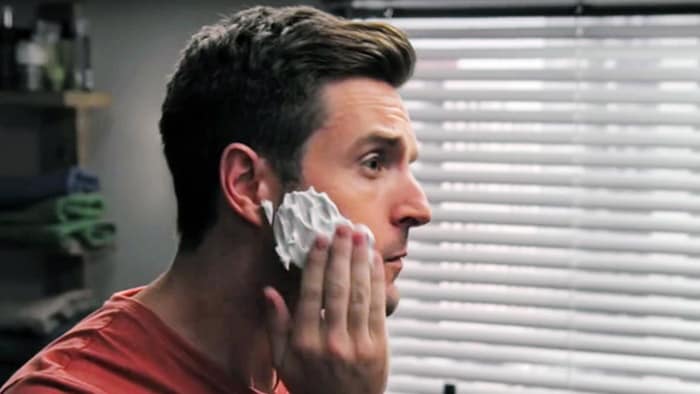
2. Soften the hair up
Whether you’re partial to shaving cream, lotion, or gel, it’s a good idea to soften up the hair for a better shave. Using a shaving brush to apply it can help you get full coverage, while leaving it to sit for a few minutes (just minutes, mind) can help soften the hair further.
How to prevent razor burn while shaving
Bad shaving is one of the main causes of razor burn. Try refining your technique with these easy steps:
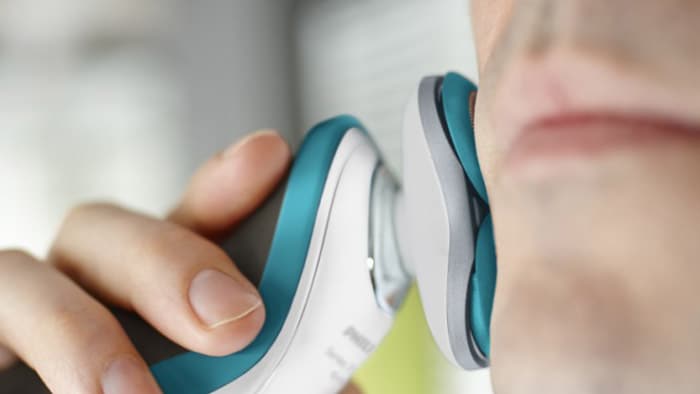
3. Shave better
With a manual razor, you’re often scraping against the skin, removing a thin layer each time. As you can imagine, this can easily lead to cuts and irritation, causing the eventual razor burn. Using an electric rotary shaver in a circular motion can help you get at hairs without multiple passes, as it helps the hairs to stick up. Use only light pressure, and try not to go over the same area repeatedly. The result? An easier (and pain-free) experience.
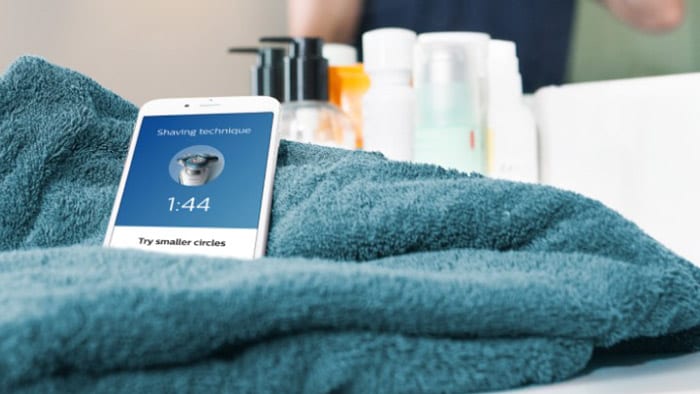
4. Work with clean, sharp tools
Make sure to rinse your shaver or razor before, after, and during the shave at regular intervals. If you’re using a manual razor, remember to replace it often – dull blades will need more passes to catch the hairs, causing irritation.
How to prevent razor burn after shaving
Even if you’ve given your skin the gentlest shave of all time, aftercare is one of the best ways to prevent razor burn:

5. Apply soothing products
After your shave, rinse your skin with warm water and pat it dry: don’t rub. Then apply a moisturiser or aftershave balm – just avoid anything alcohol-based, as it may cause irritation (as well as the stinging sensation you may be familiar with).
6. Wait for longer intervals between shaves
If you’re particularly prone to razor burn, it can help to give your skin more recovery time in between shaves.
That’s it. Shake up your shaving routine with our tips on razor burn, and you’ll soon see a difference.

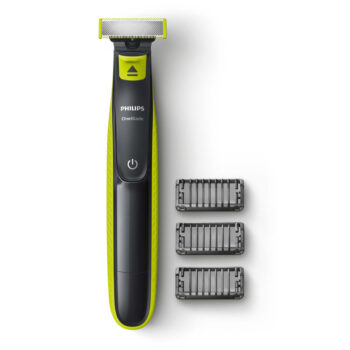
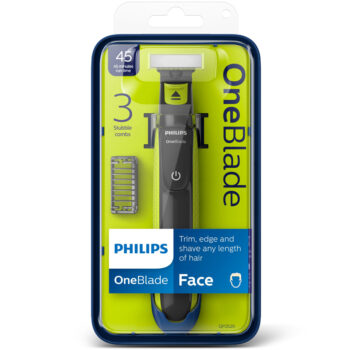

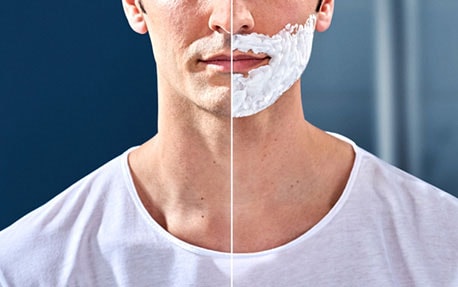



Write a comment
Your email address will not be published. All fields are required